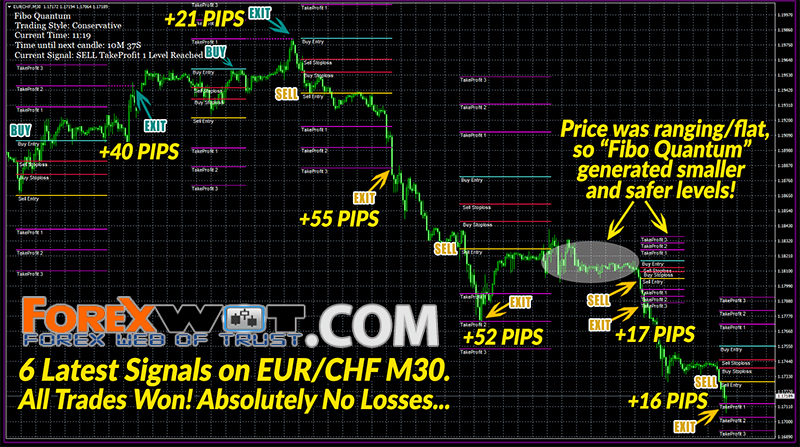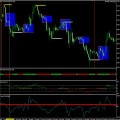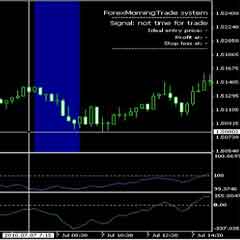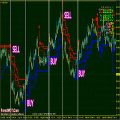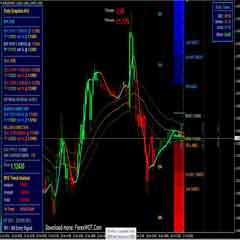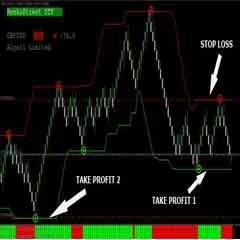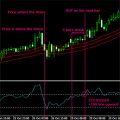Like stocks, the end goal of forex trading is to yield a net profit by buying low and selling high. Forex traders have the advantage of choosing a handful of currencies over stock traders who must parse thousands of companies and sectors.
In terms of trading volume, forex markets are the largest in the world. Due to high trading volume, forex assets are classified as highly liquid assets.
The majority of foreign exchange trades consist of spot transactions, forwards, foreign exchange swaps, currency swaps and options. However as a leveraged product there is plenty of risk associated with forex trades that can result in substantial losses.
I think the ONE thing EVERY forex trader should know about is PROPER RISK MANAGEMENT. And I think that PROPER risk management MUST take into account PROBABILITIES.
Suppose one sets a take-profit (TP) level of 50 pips and a stop-loss (SL) of 25 pips.
Does that mean the risk:reward ratio is 1:2?….
NO!!!
Because one hasn’t taken into account the PROBABILITY of the TP being hit versus the SL being hit!
Suppose – just suppose – that the SL is hit, on the average, 75 times out of 100 trades, while the TP is hit 25 times per 100 trades on the average.
Then the ACTUAL risk:reward ratio is [50 pips x 0.25] : [25 pips x 0.75], or 3:2 in favour of RISK!
In other words, with those PROBABILITIES, it is NOT a good risk:reward ratio. In fact you would LOSE money with such a strategy.
But most of the time probabilities aren’t easy to figure out, so many people IGNORE them.
Is that, however, a SOUND way to trade?
I DON’T THINK SO!!!!
Personally I think the REASONABLE thing to do is to place a stop loss at a level that WON’T BE HIT UNDER NORMAL CIRCUMSTANCES.
And place the take-profit level at a level that WILL be hit under normal circumstances.
Under ABNORMAL circumstances – like when the SNBomb burst in mid-January 2015 – allow your stop loss to be hit. It won’t matter if you take the following precaution:
When you have made x percent profit – whatever figure x may be – withdraw 1/4x and put it into some safe but liquid investment (ask your bank what that might be: mine gives me around 10% per annum).
This will be your forex trading “cushion”…
If you do that regularly, over time your cushion will grow to approach half your account. (Do the maths.)
Now if your large stop loss gets hit, EVEN IF YOUR ENTIRE ACCOUNT IS WIPED OUT, you can use the cushion in your bank to re-enter the forex market.
Since it will be close to half the amount that got wiped out, you can get back to where you were before the account got wiped out, in about the same amount of time you normally take to double your account.
For example, if on the average you make 1/2% profit per trading day, you can double your account in 144 trading days.
That’s just a little over six months.
But occurrences like the SNBomb are going to be much LESS frequent than once in six months.
So as long as you are making 1/2% profit per trading day (on the average), or more, you are safe from a devastating loss!
Indeed you will slowly but surely MAKE money.
As for myself and my son, these days we are making something like 2% to 3% profit per trading day, on the average. I think it would be a cinch to make at least 1% per trading day, averaged out over the long term, using such a risk-management system.
So, in sum, it is NOT risky to place a large stop-loss and a small take-profit.

